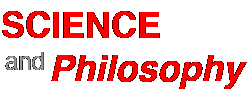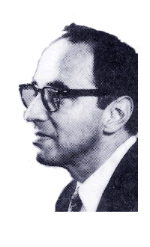Kuhn, Thomas S., The Structure of Scientific Revolutions, 2nd Edition, 1970, University of Chicago Press, Chicago 60637 [abstract– 170 words] — how fundamental changes in thinking come about.
But
new and unsuspected phenomena are repeatedly uncovered by scientific
research. “As more and more anomalies to the existing paradigm
are found, a crises situation develops. Attempts are made to ‘fix’
the old paradigm. If the fix is unsatisfactory and an alternative
paradigm is proposed that includes both the old and new facts, a
scientific revolution occurs.”
The resulting paradigm shift causes scientists to see the world
they study in a new way. Old instruments are used in new ways, new
experiments are conceived and unexpected avenues of investigation
open.


